Categories
Reviews / Testimonials
Social Media
The Basic Necessities
1. A quiet room. Preferably with good lighting. Ideally with a wall at least three metres away (ten feet).
2. 10-20 minutes when you know you won’t be interrupted. Best not immediately after you’ve woken up in the morning, nor when you’re over-tired.
3. A pistol. Many modern air pistols have dry fire mechanisms built in, which are obviously the ideal. If you are using a rimfire or centrefire be sure to use some form of snap cap that protects the firing pin and breech area.
4. An aiming mark. This is a contentious issue, as many coaches recommend dry firing on a blank backdrop. We will discuss the means of setting up aiming marks and the reasons for doing so later.
What Do We Hope To Achieve?
Dry fire is an excellent means of reinforcing the good technical execution of a shot without fear of getting distracted. By concentrating on all of the technical aspects we can more fully appreciate subtle differences we would not necessarily notice on the range. Above all else, we are not distracted by bullet holes in scoring rings that lead us to an unhealthy preoccupation with scores. When dry firing is performed correctly it takes on an extremely satisfying quality, almost spiritual. It can feel like a solid achievement, which may sound very Zen, Grasshopper, but you will be amazed at how much more you will perceive after just a few sessions. When you do it right, so right you just know that shot would have gone dead centre through the x-ring, the timing was right, the sight picture was crisp, the shot broke as if by magic just after settling in the aiming area – I’ve been tempted to go whooping about the house it felt that good. This is the time to let the feeling of the technique, the vibe of the whole performance sink in, because this is what you want to reproduce time and time again.
Think back to the last time you asked somebody how they had just shot. What was their response? I bet they shook their head and mentioned a six or seven that murdered their score. Just what exactly are they focused on? What are their lingering thoughts going to be from a whole day’s shooting? Just a handful of bad shots. They’ll berate themselves, gnash their teeth, beat their breasts and when the time comes to front the line again they’ll make the same mistakes because they’ve reinforced or relived those bad shots so many times, you’d think they just can’t wait to do it again.
Dry fire is part of a process where you mentally reinforce good technique. If your technique sucks when you first start, work on it until it improves. Focus on the positives. Cancel out the bad shots, revel in the good shots. There is no pressure to perform, no cruel bullet holes, just a clean slate to chalk up pluses and erase the minuses. Whew. And you thought it was just point and click!
Now For The Tricky Bit
Your home dry fire range must reproduce the layout of the live fire range where you do most of your shooting. In fact, everything must be the same. You must wear the same shoes, clothing and glasses. I draw the line at ear muffs, mainly for comfort’s sake, but they may be a good idea if they help you concentrate.
The floor where you stand should be hard, like the range. Dry firing on carpet, especially thick pile, will make it especially difficult to attain the same balance. Mark a point where you shoot from on the floor. Next, you must measure the relative position of your aiming mark or marks, and here you will need a friend to take the measurements.
First, have your friend measure the distance from the floor to your arm when you are aiming at a target on the range. When in your dry fire room, set your arm at the same distance from the floor, and then place your aiming mark at the relative height on the wall. Obviously distance from the pistol does not matter much.
The next step is to make the aiming mark (black target center) a relative size. To do this, take a piece of cardboard and cut the lower part to fit snugly over your pistol roughly where the front sight is situated. Then, holding the pistol in the shooting position, get your friend to mark with a pen both sides of the apparent size of the black. You can then reproduce the corresponding size disc on your wall with the help of the template.
Rapid Fire shooters should note that this is how you reproduce exactly the spacing for your five targets. A wider piece of card is needed, and a little patience, but if you are going to practise motor skills it is pointless doing so unless you do it right. (Another option is to note on a piece of paper just where the other targets line up in relation to your sight picture – for me, the middle of the next target is on the far edge of the rear sight – that makes it easy to remember.)
The point of going to all of this trouble? If you do a lot of dry fire, and it can be addictive, you will build up motor memory in your muscles. The difference is critical in speed matches such as Rapid Fire, or even the Rapid section of Centre Fire. Perhaps it is not so important in slow fire matches, but just a few degrees difference can change your whole body position to the stage where it will feel unfamiliar. This would be a pity, when a few minutes’ work could have made it right.
Rapid Fire
In order to train for the timed fire matches you should make a recording of the specific range commands for each series and insert beeps for the turning target sequences. There are some mp3 files available on the www.nrc-pa.com website (under Resources) that could be used to practice timing. Personally, I have done enough shooting on the range to know what my timing should be – spend some time actually shooting to get to know your own timings would be my best advice.
Conclusion
Dry firing does not have to be a chore. It doesn’t have to go on for ages, a successful session can be as short as 5 minutes. My best sessions are short, I generally only stay longer when I’m having difficulty getting it right. Try to have a specific goal in mind when you start a session. If your follow through is abysmal, try to concentrate on that. And try to never finish on a negative. Remember, we’re trying to reinforce the positives, so stick with it until something feels good, even on a bad day.
But most of all, have fun!
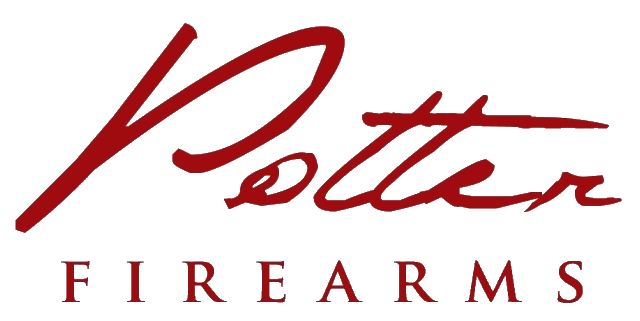
 Steyr
Steyr Air Pistols
Air Pistols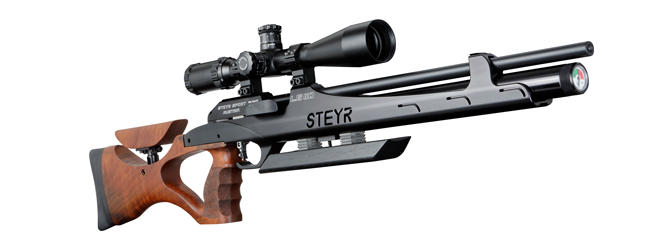 Air Rifles
Air Rifles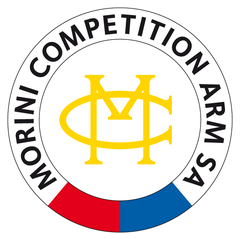 Morini
Morini 50m Pistol
50m Pistol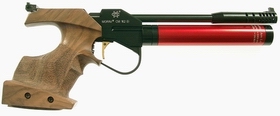 Air Pistols
Air Pistols FEINWERKBAU
FEINWERKBAU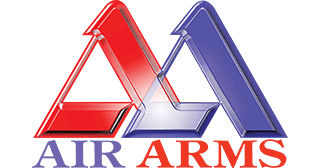 Air Arms Air Rifles – You and Air Arms — A Winning Combination
Air Arms Air Rifles – You and Air Arms — A Winning Combination RINK CUSTOM MADE GRIPS
RINK CUSTOM MADE GRIPS Anschutz
Anschutz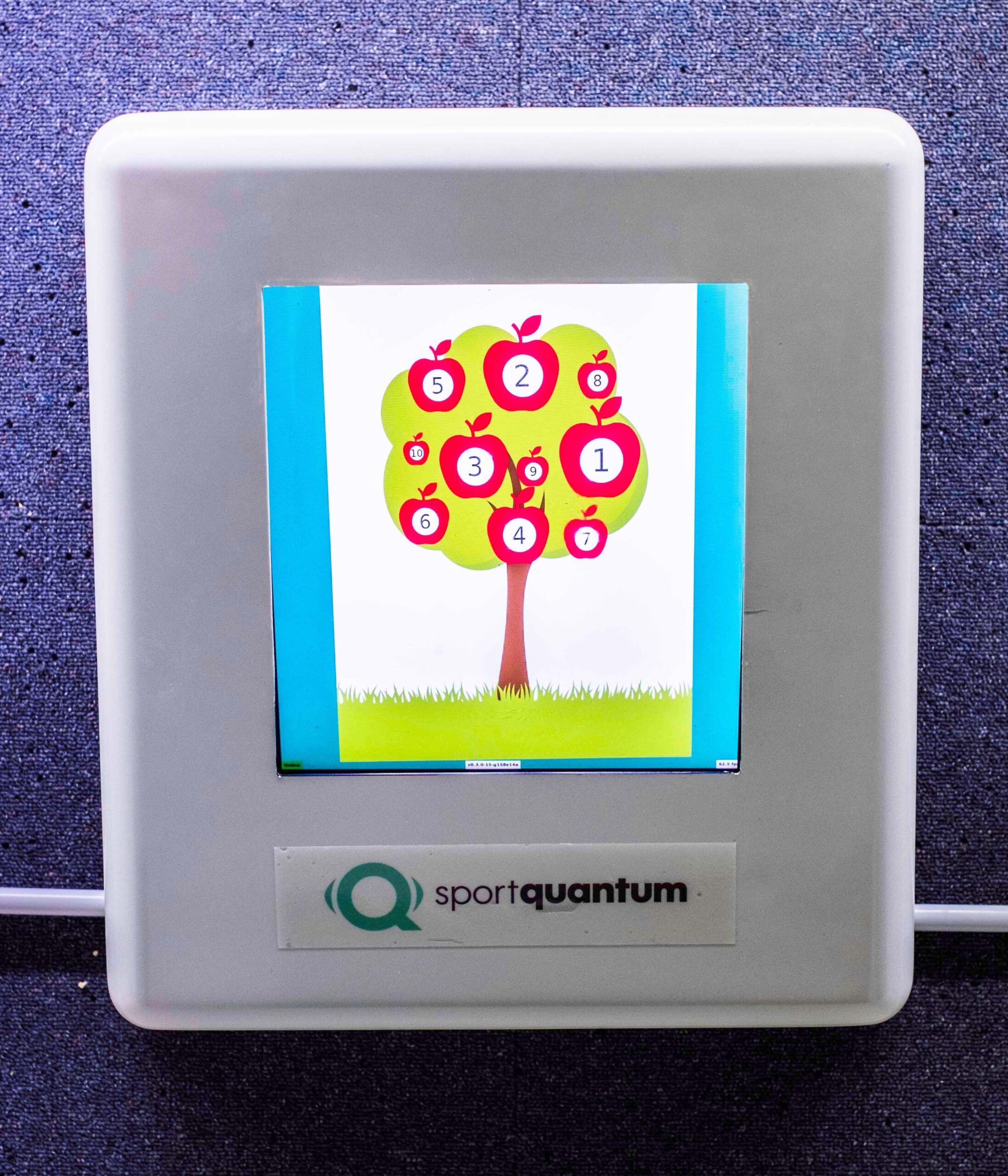 Sport Quantum Target Systems
Sport Quantum Target Systems